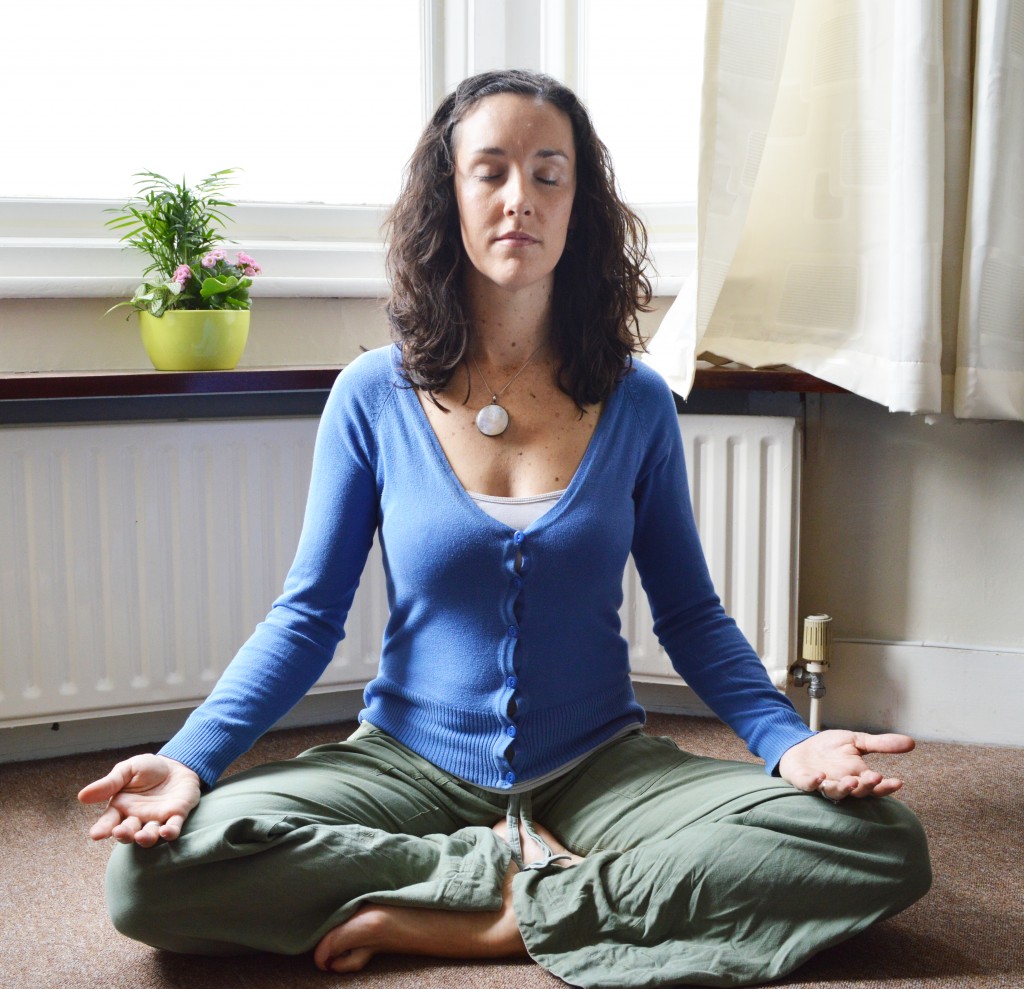Meditation
Meditation is a term often used to refer to various activities, from surfing to dancing and walking in nature. But meditation is more than simply relaxation – for thousands of years it has been used to awaken!
Awakening means more clarity, speed and focus, as well as increased awareness, inspiration and simplicity.
In line with awakening, IST meditation techniques have three essential elements:
- stillness
- silencing the mind
- internalization of the senses and consciousness
Find out more about introductory meditation workshops I am hosting.
Stillness
Stillness includes sitting in a straight-backed, cross-legged posture, allowing for flows of energy that facilitate deep spaces of meditation.
You may find the urge to move, but often these pains are caused by emotional charges despite how physical they feel.
The aim is to be still through these discomforts (except with knee pain), as each time you move, it’s like jumping out of the fire of meditation and breaking the deep space you’ve built.
Silence
Numerous guided meditation and music tracks have been designed to assist those starting out. While these aides may be useful initially, silence – both within and in your environment – is an essential component of meditation.
Deep states of consciousness reached in meditation are by their nature silent and far from both the chatter of the ordinary mind and the innumerable stimuli in our everyday lives.
Internalization
The central fact of meditation is the internalization of consciousness, otherwise known as involution in the Clairvision model.
Here you can see why stillness and silence are essential elements – it’s very difficult to fully internalise your consciousness, if it’s partly drawn out by movement or sound.
This turning in of your consciousness is the direction of meditation. It’s a turning back to the source of consciousness, to your essential core.

